Introduction
For publishers in the ad tech industry, maximizing ad revenue is a top priority. As digital advertising continues to evolve, it's crucial for publishers to employ effective strategies that optimize revenue potential while maintaining a positive user experience. In this blog post, we will delve into various strategies that publishers can implement to maximize their ad revenue, including ad optimization, diversification of revenue streams, audience segmentation, and more.
Ad Optimization Techniques
- Ad Placement and Layout: Experiment with different ad placements on your website or app to find the optimal positions that drive engagement and visibility without disrupting the user experience. Test various layouts, such as in-content ads, sidebar placements, or sticky ads, to find what works best for your audience.
- Ad Refresh and Rotation: Consider implementing ad refresh or rotation techniques to display fresh ad content and prevent ad fatigue. This helps maintain user engagement and ensures that advertisers have opportunities to reach your audience effectively.
- Ad Unit Testing: Conduct A/B testing to compare the performance of different ad units, sizes, and formats. Continuously analyze the results and optimize accordingly to identify the most effective combinations for maximizing revenue.
- Ad Blocker Detection and Recovery: Implement technologies or solutions to detect and address ad blockers effectively. By recovering lost ad impressions, you can maximize ad revenue potential and ensure that your content is monetized.
Diversification of Revenue Streams
- Programmatic Advertising: Explore programmatic advertising, which enables automated buying and selling of ad inventory. It can help optimize revenue by providing access to a larger pool of advertisers, real-time bidding, and efficient targeting capabilities.
- Native Advertising: Integrate native ad formats seamlessly into your content to enhance user engagement and generate higher revenue. Native ads blend with the user experience, providing valuable content while still driving monetization opportunities.
- Video Advertising: Leverage the growing popularity of video content by incorporating video ads. Video ads often command higher rates and engagement levels, increasing your revenue potential. Explore pre-roll, mid-roll, or out-stream video formats based on your content and audience preferences.
- Sponsored Content and Branded Content: Collaborate with brands to create sponsored or branded content that aligns with your audience's interests. Sponsored content allows you to generate revenue while providing valuable content, building brand partnerships, and expanding your reach.
Audience Segmentation and Targeting
- Data-driven Audience Insights: Utilize data analytics tools to gain insights into your audience's demographics, behavior, and interests. Segment your audience based on these insights to offer more targeted and relevant ad opportunities to advertisers, increasing the value of your inventory.
- Customized Ad Packages: Create customized ad packages that cater to specific audience segments. By tailoring offerings based on audience interests and preferences, you can attract advertisers looking for more precise targeting, which often translates to higher revenue potential.
- Personalization and Retargeting: Leverage user data to deliver personalized ad experiences and retargeting campaigns. Customized ads that align with users' previous interactions and preferences can increase engagement, conversions, and ultimately, ad revenue.
Optimal Ad Pricing Strategies
- Cost Per Mille (CPM) vs. Cost Per Click (CPC): Evaluate the most suitable pricing model for your inventory. While CPM allows for predictable revenue, CPC can be more appealing for advertisers looking for performance-driven results. Consider the balance between these models to maximize revenue based on your audience and advertiser demand.
- Dynamic Pricing and Auctions: Implement dynamic pricing strategies that adjust ad rates based on demand and available inventory. Consider participating in ad auctions to maximize revenue for premium ad placements while still achieving fair market value.
User Experience and Engagement
- Responsive and Fast-loading Design: Optimize your website or app for responsiveness and fast-loading times. A seamless user experience contributes to increased user engagement and longer sessions, providing more opportunities for ad impressions.
- Ad Quality and Brand Safety: Ensure that the ads displayed on your platform are of high quality and adhere to brand safety guidelines. Maintaining a trustworthy environment builds trust with your audience and attracts premium advertisers, ultimately driving higher revenue.
Conclusion
Maximizing ad revenue for publishers requires a combination of strategic approaches, including ad optimization techniques, diversification of revenue streams, audience segmentation, optimal pricing strategies, and prioritizing user experience and engagement. By implementing these strategies effectively, publishers can unlock their full revenue potential, attract premium advertisers, and provide a valuable and engaging platform for their audience. Remember, revenue optimization is an ongoing process, so continuously test, measure, and adapt your strategies to stay ahead in the dynamic ad tech landscape.
